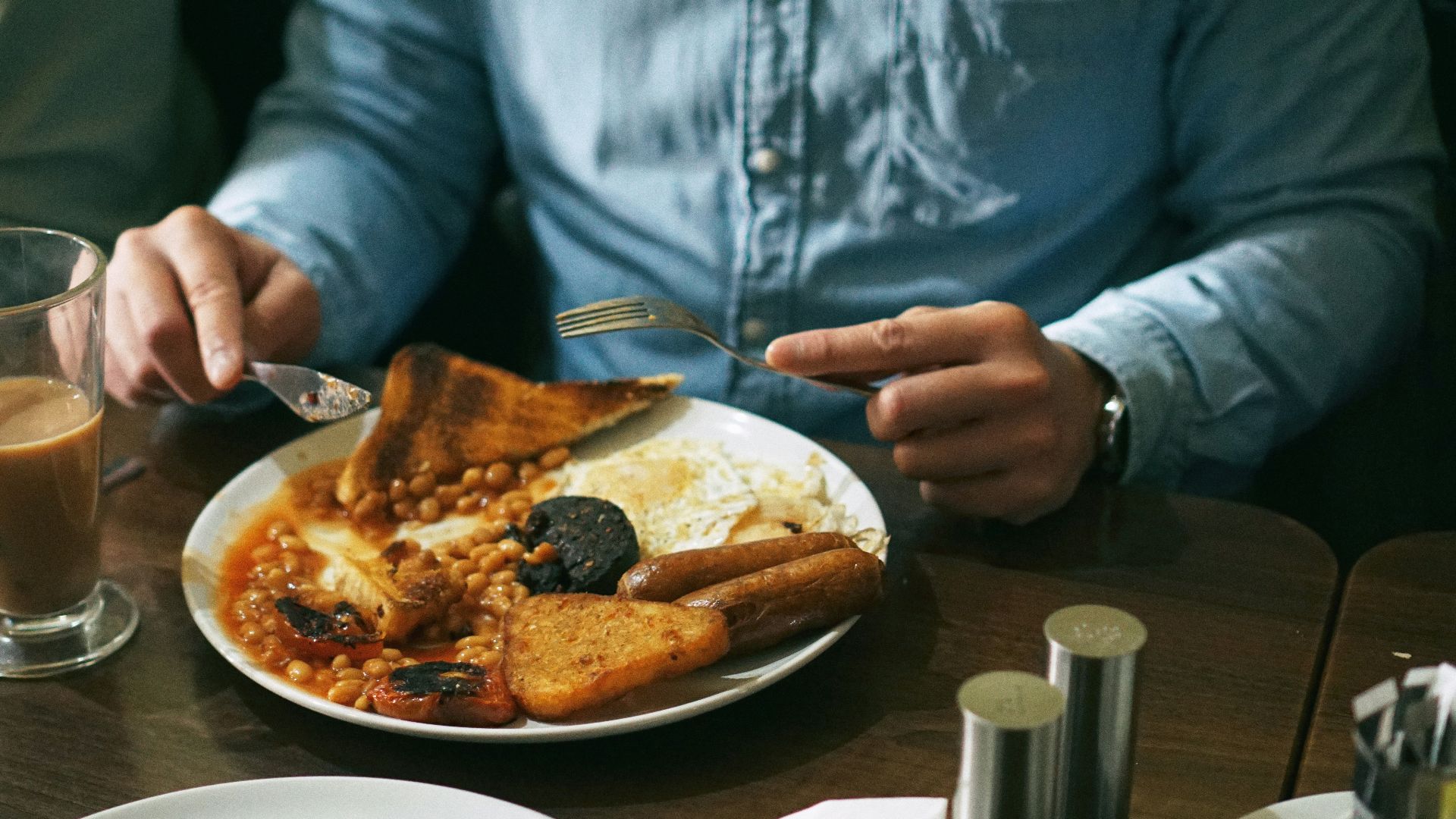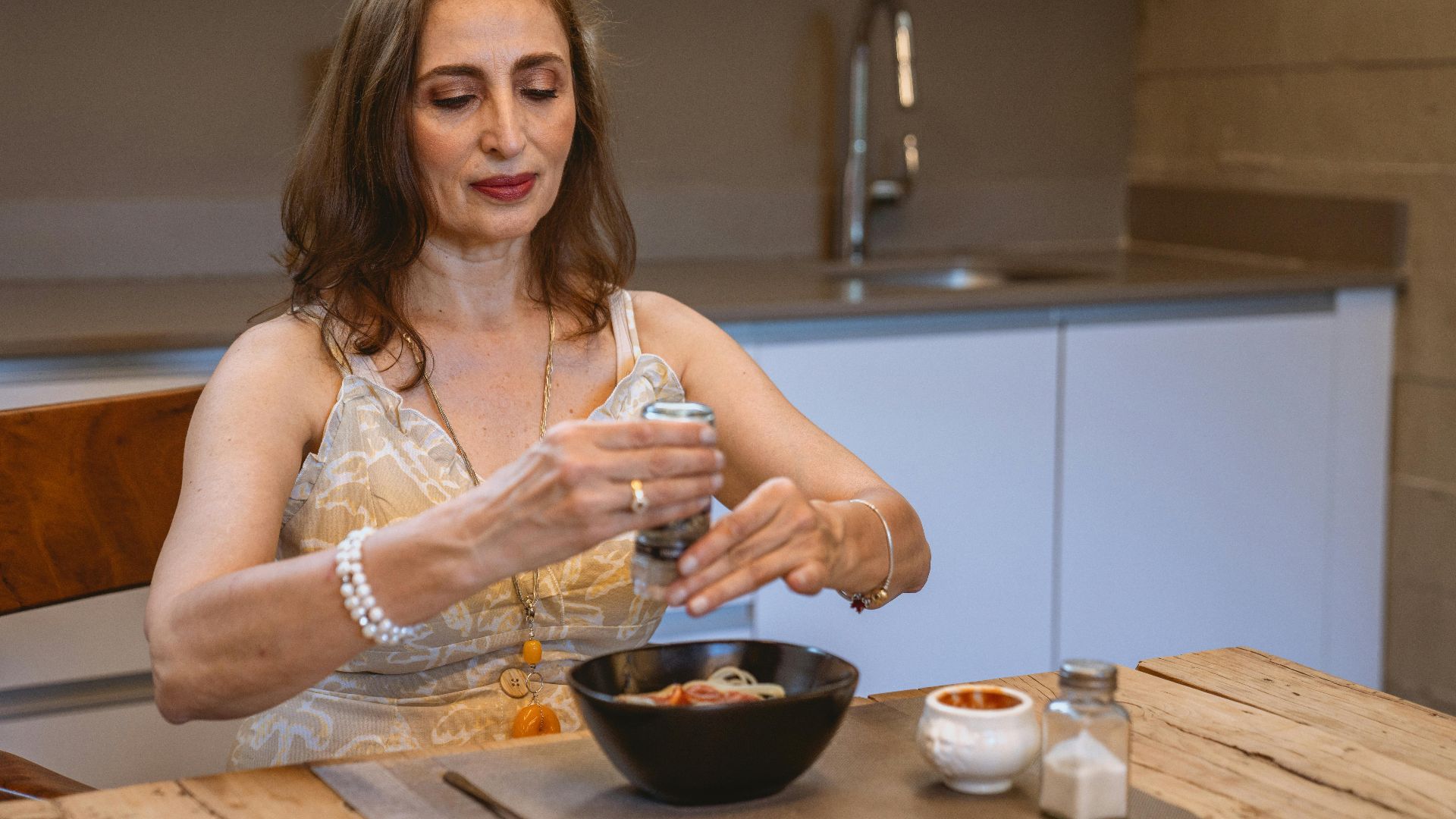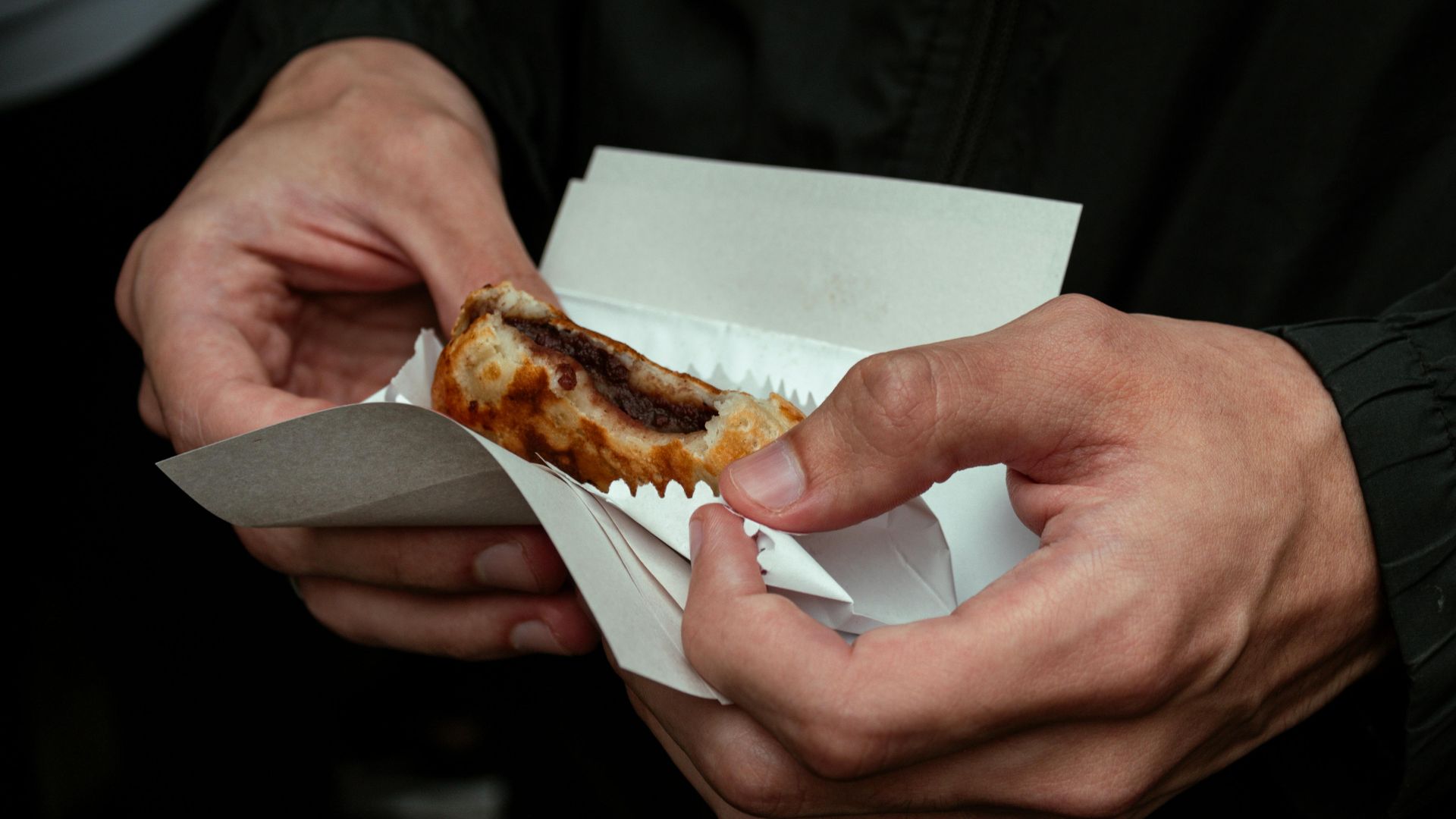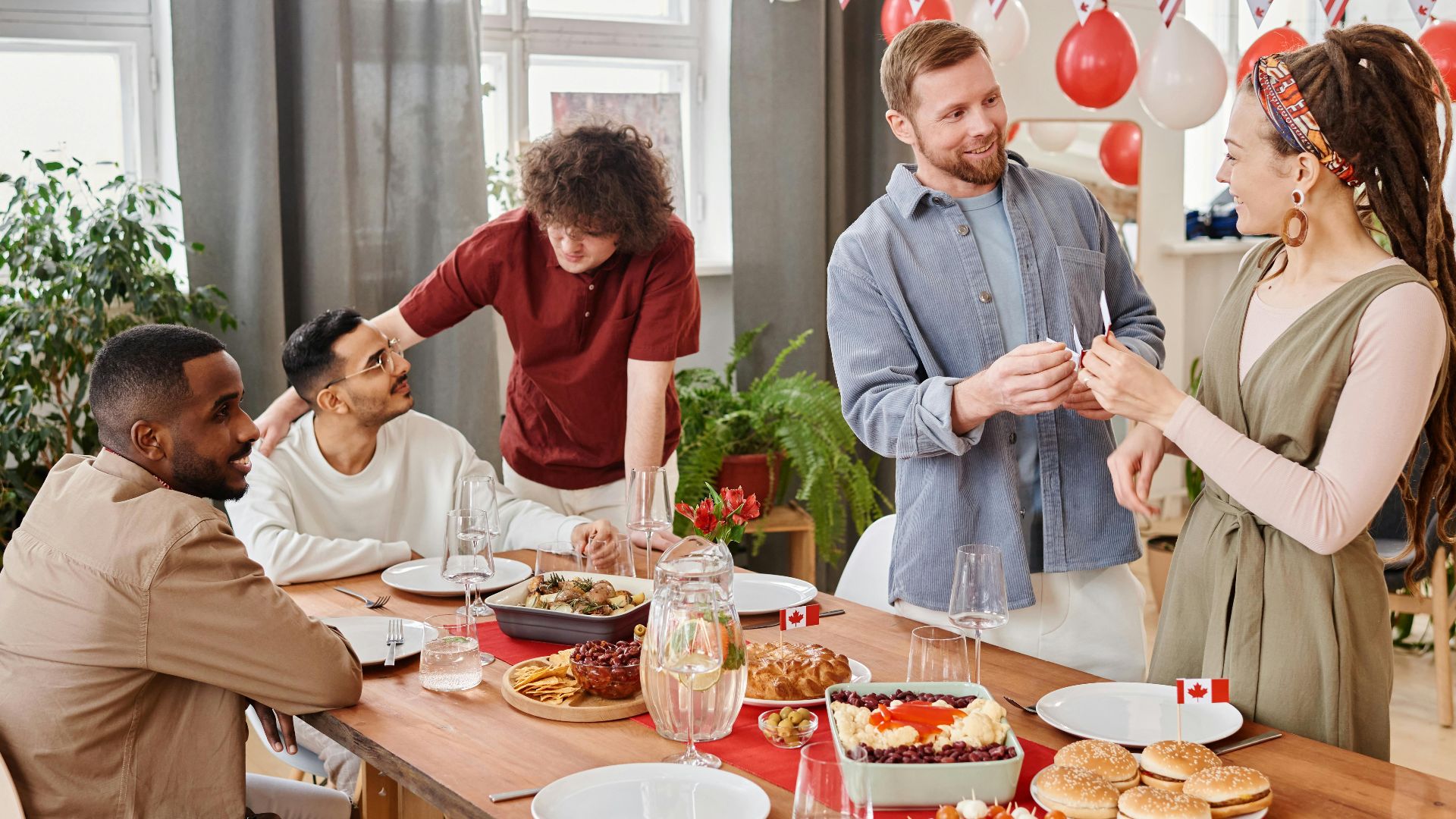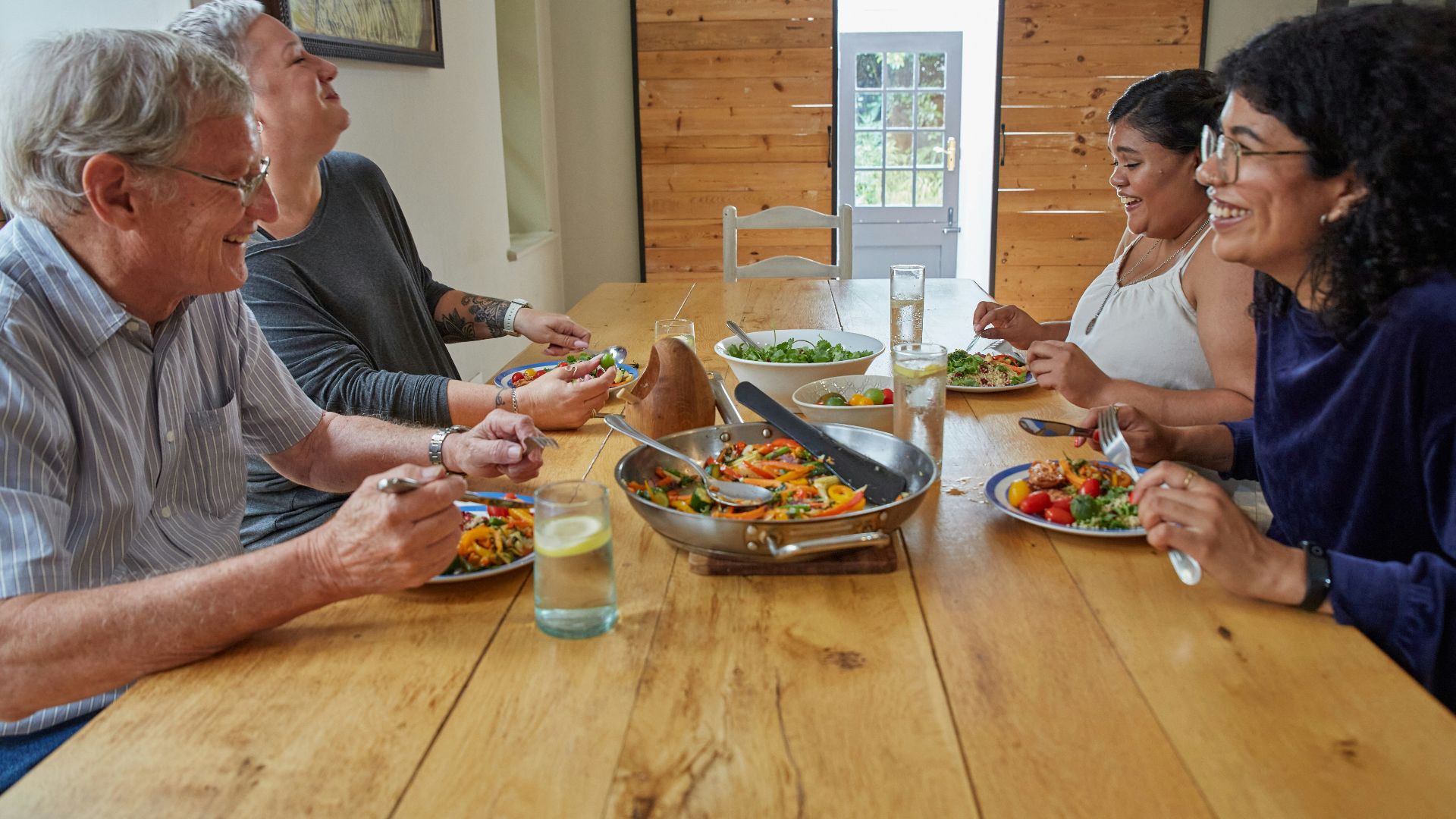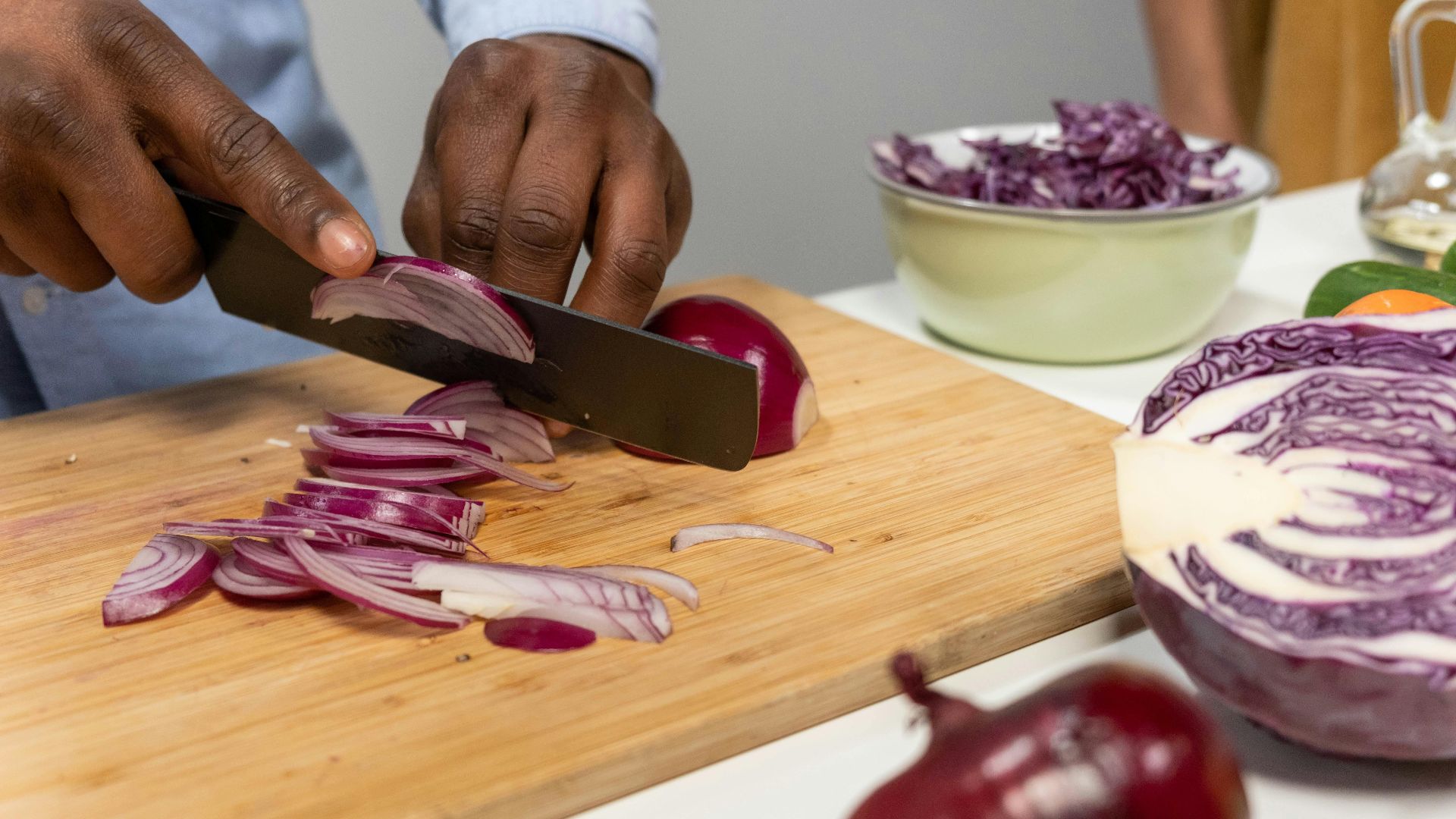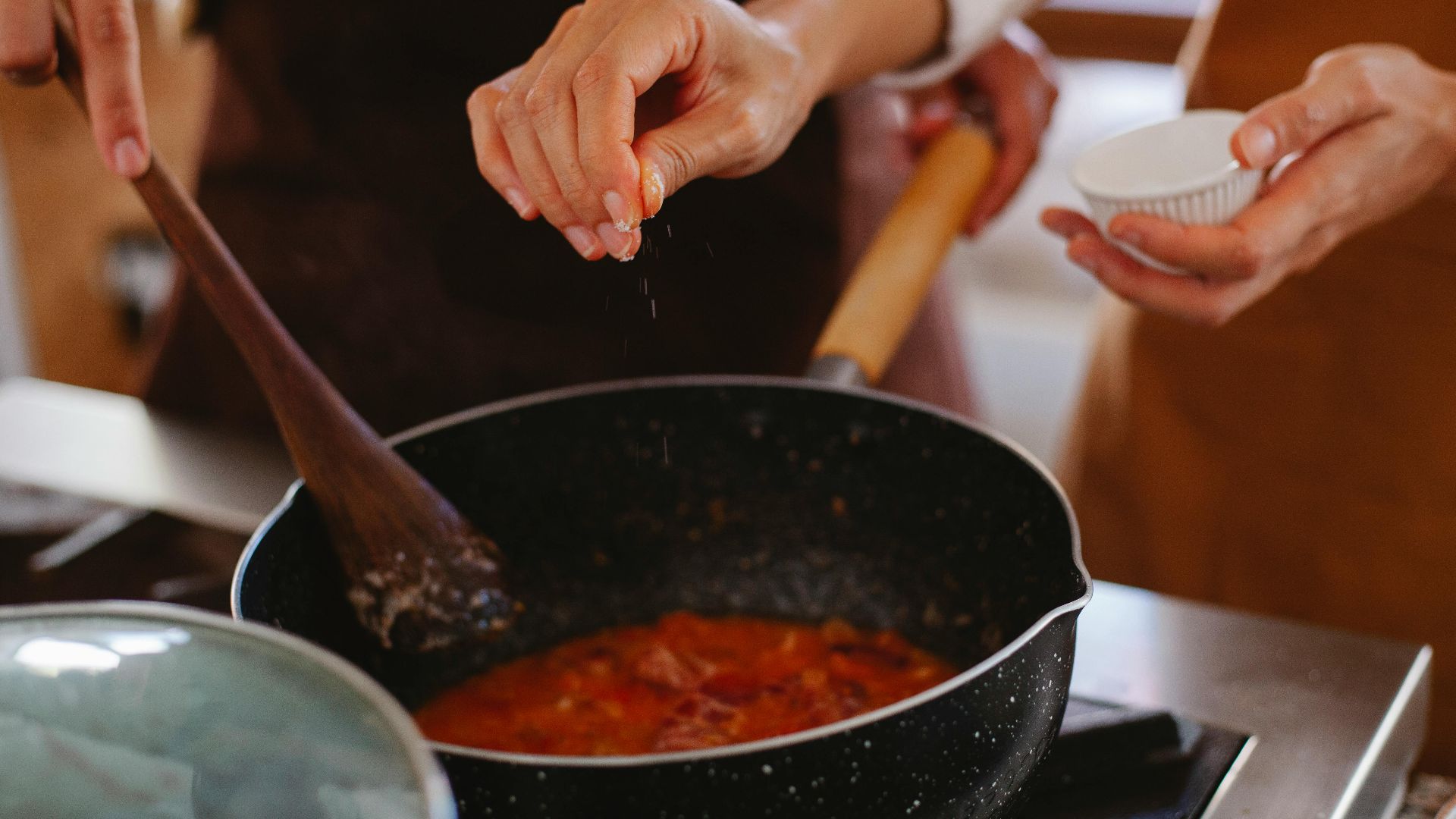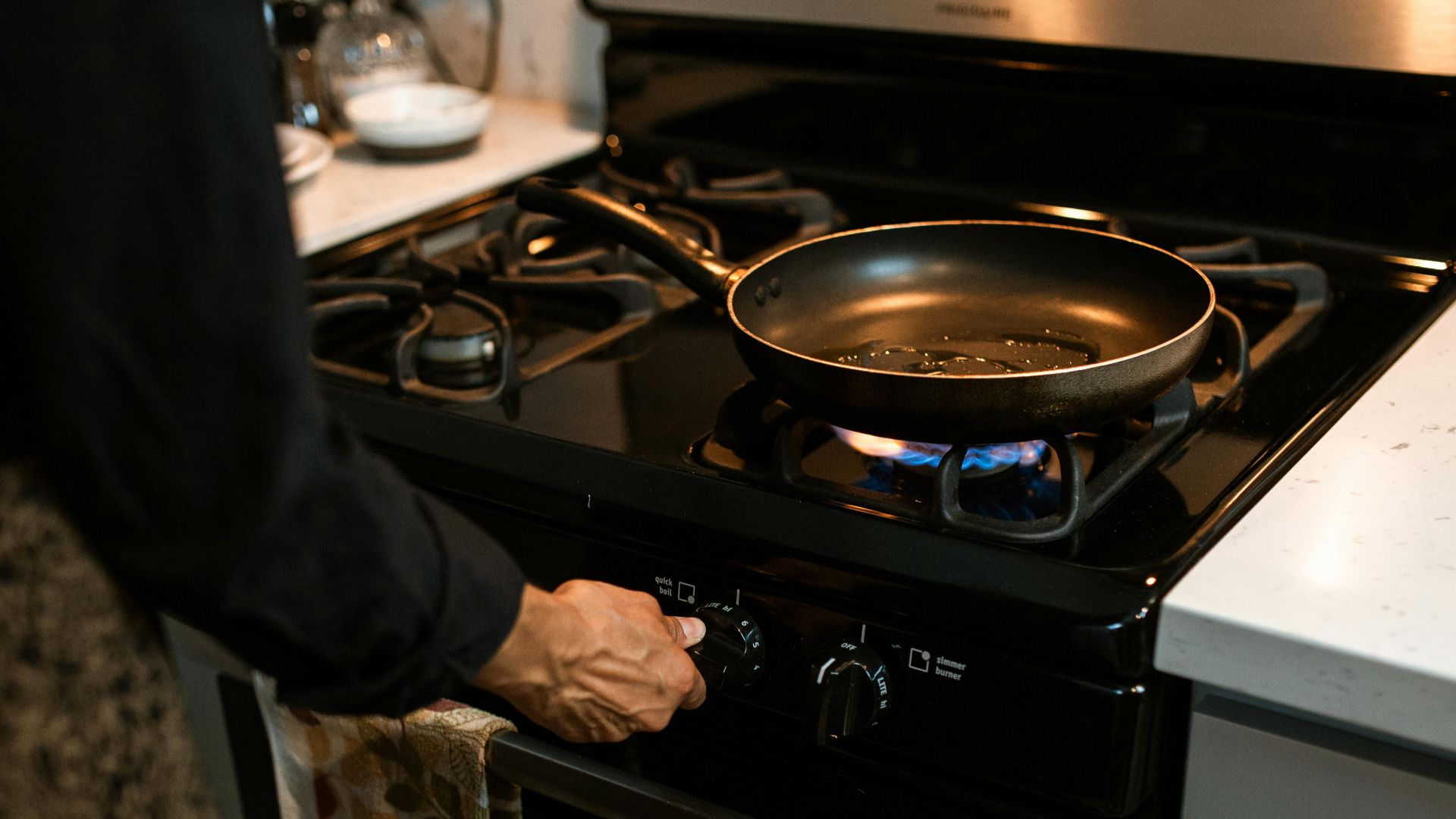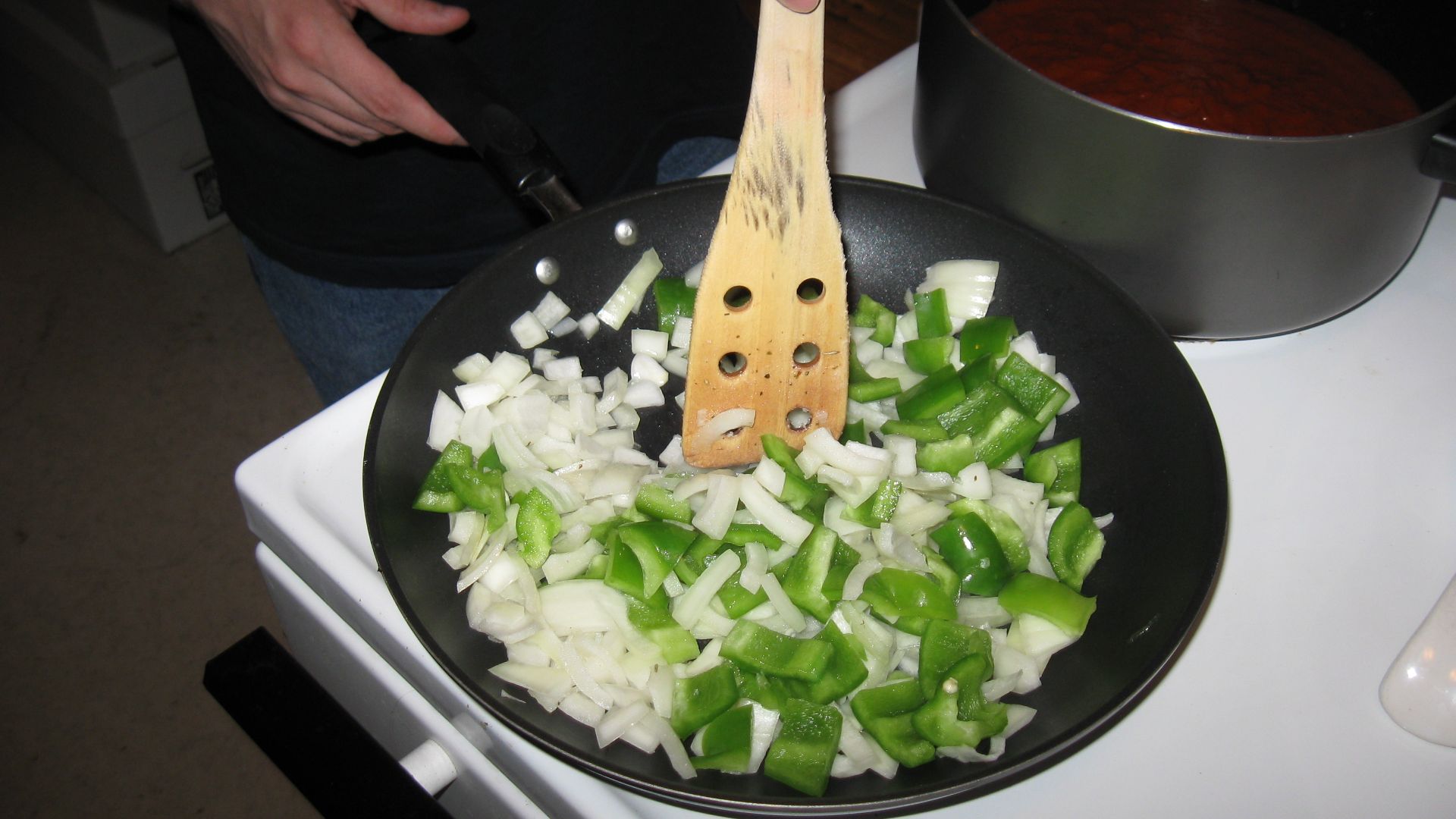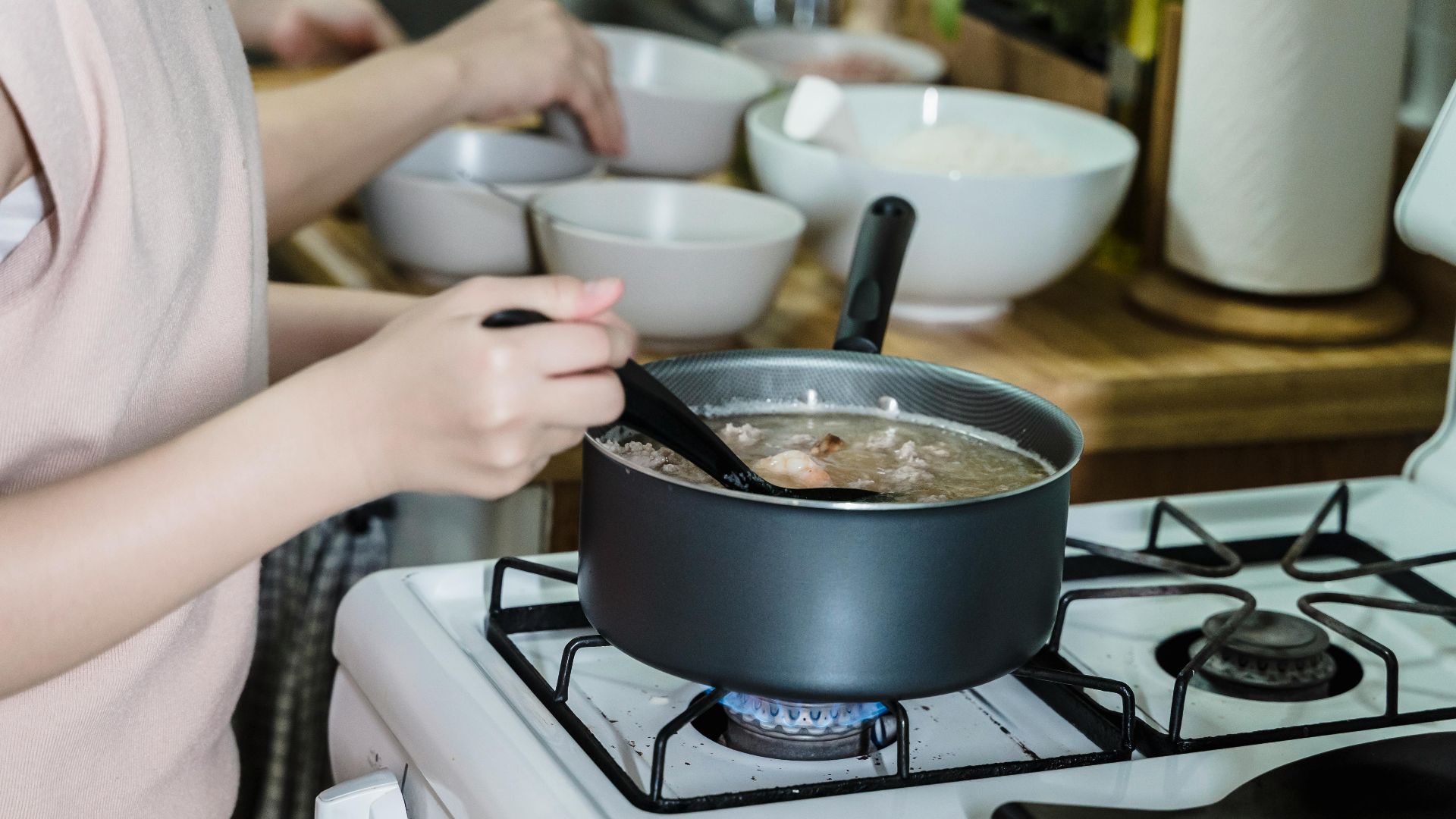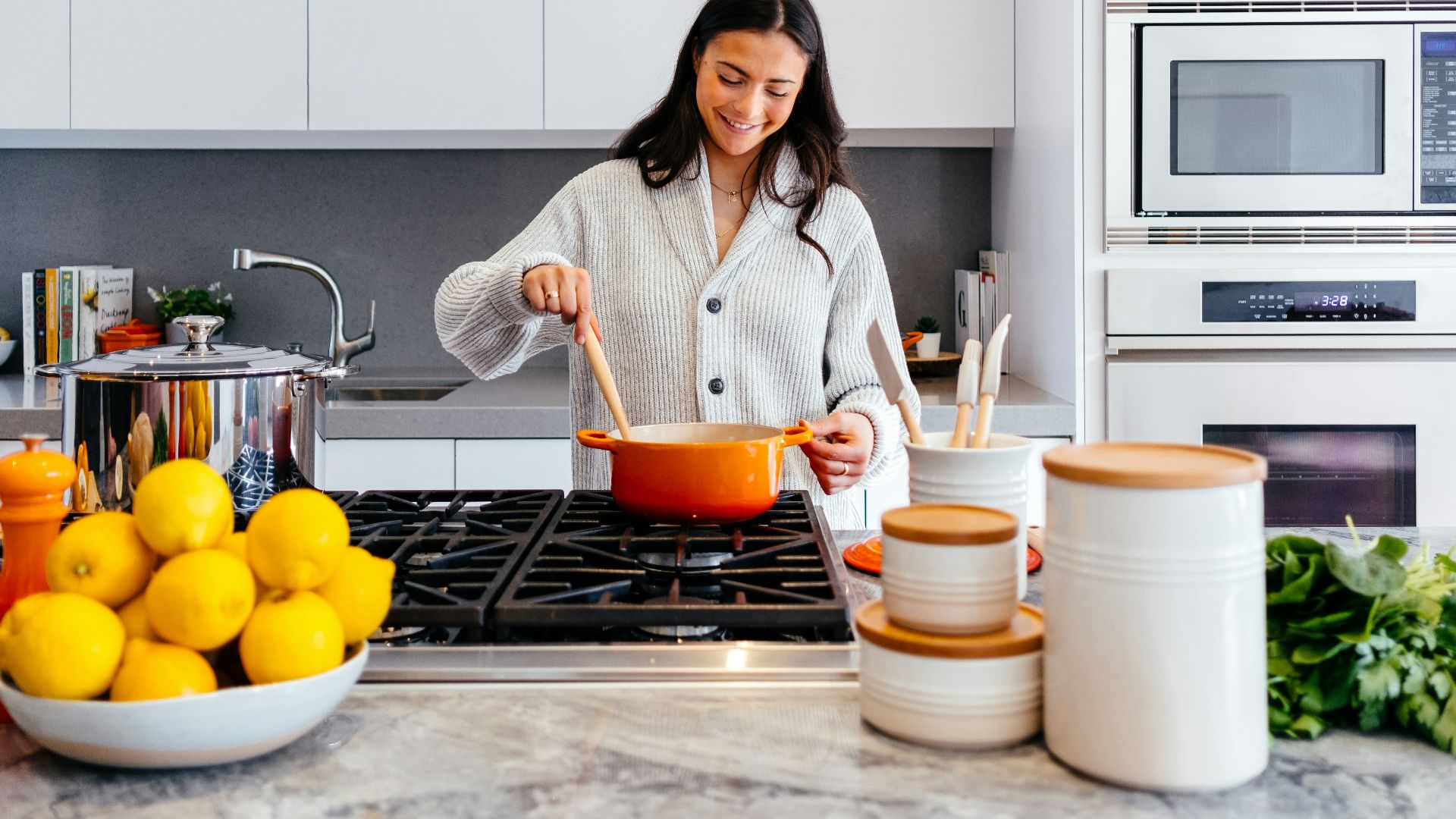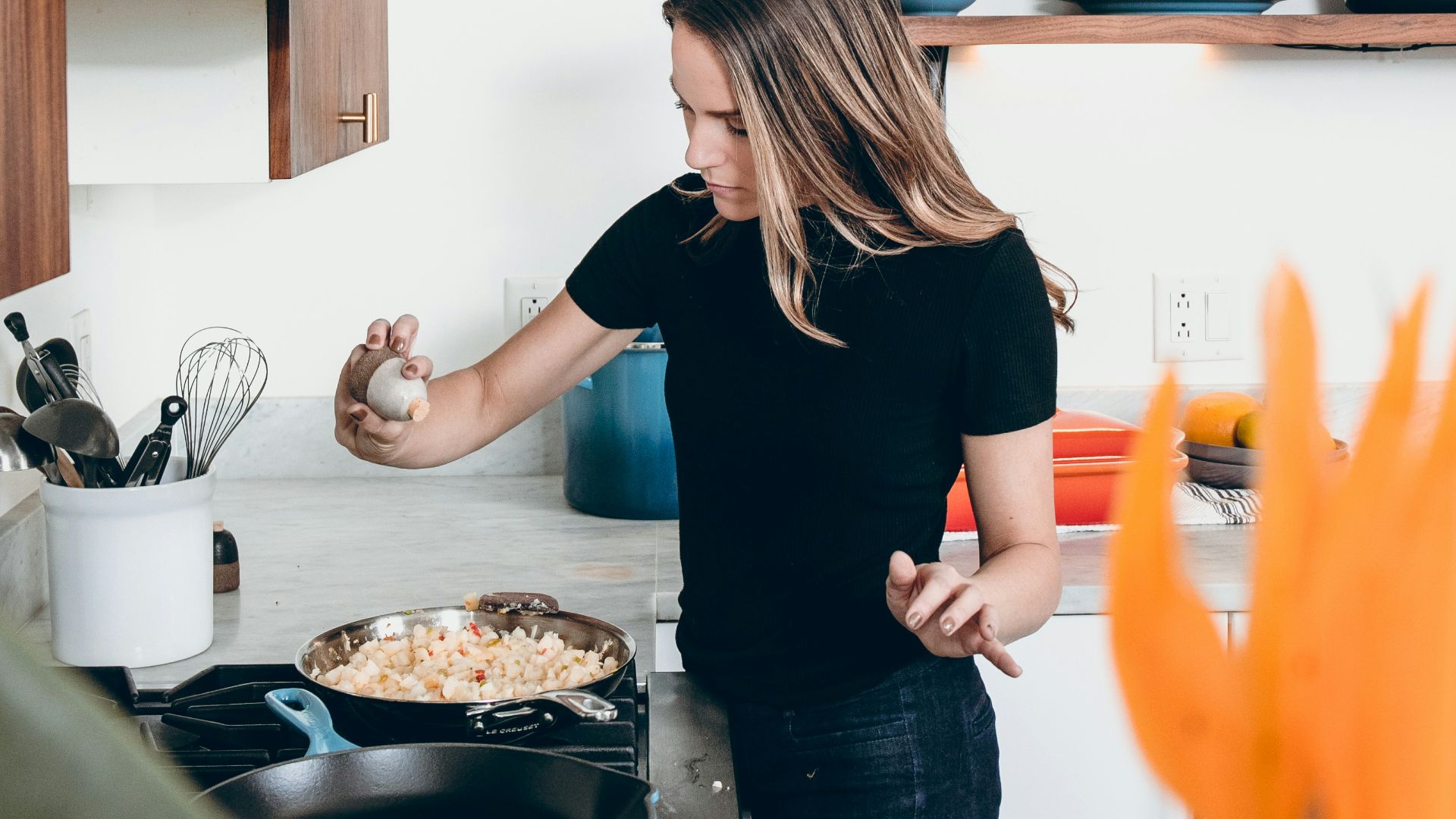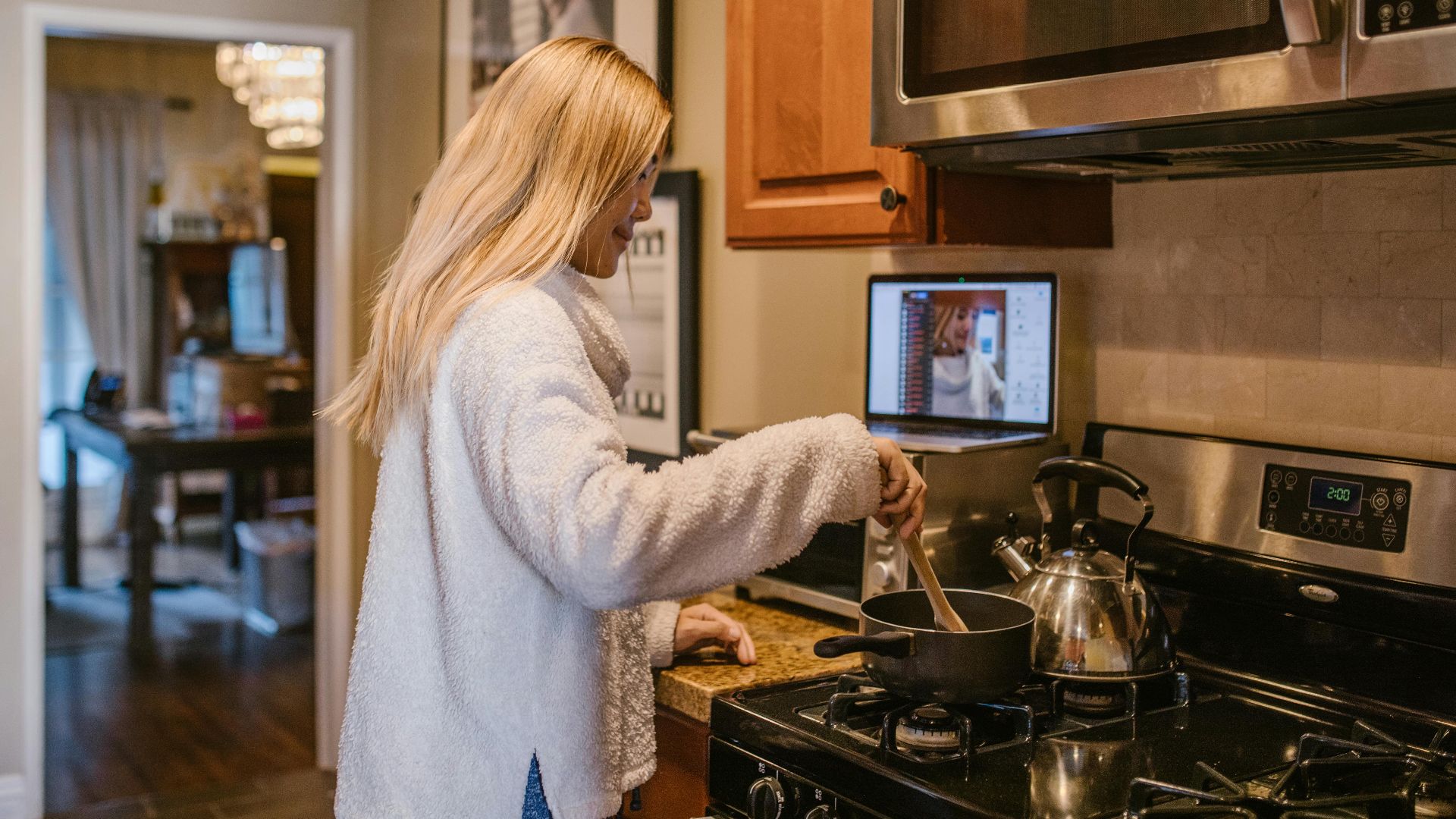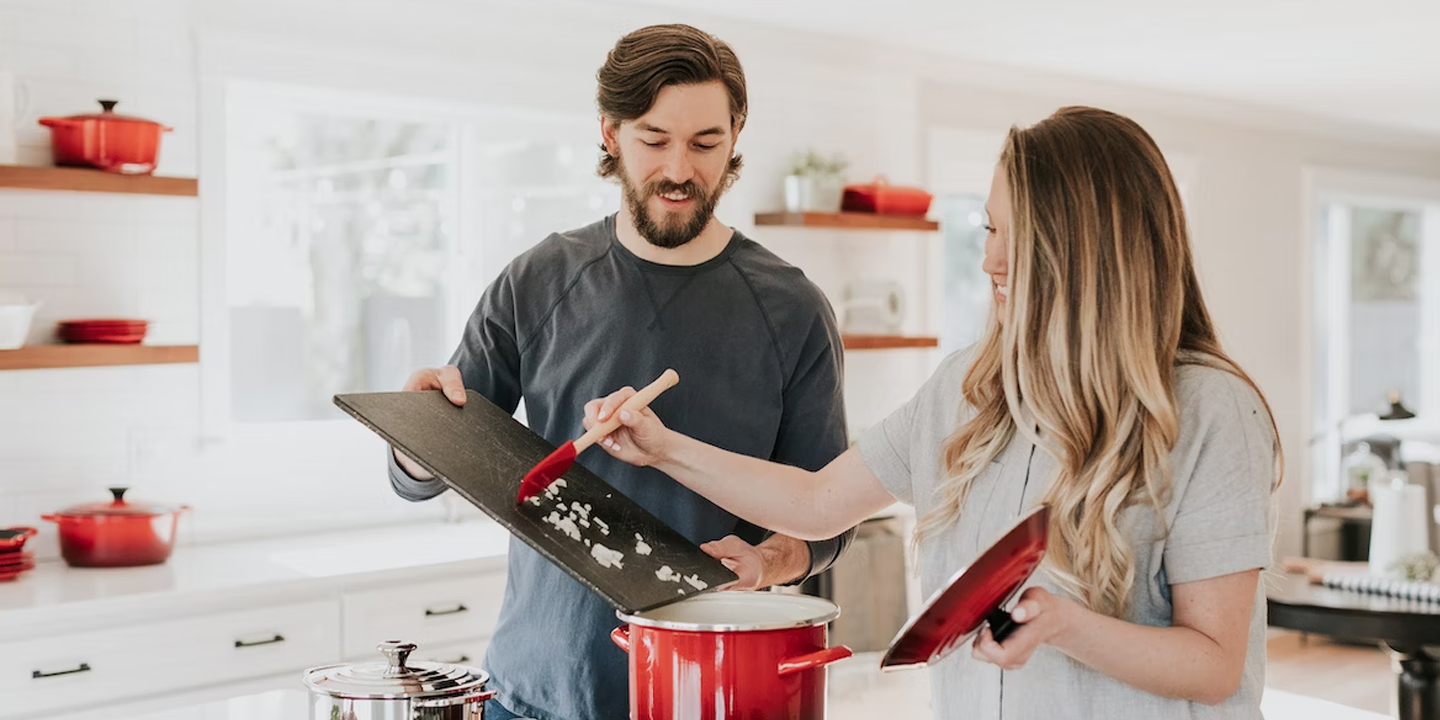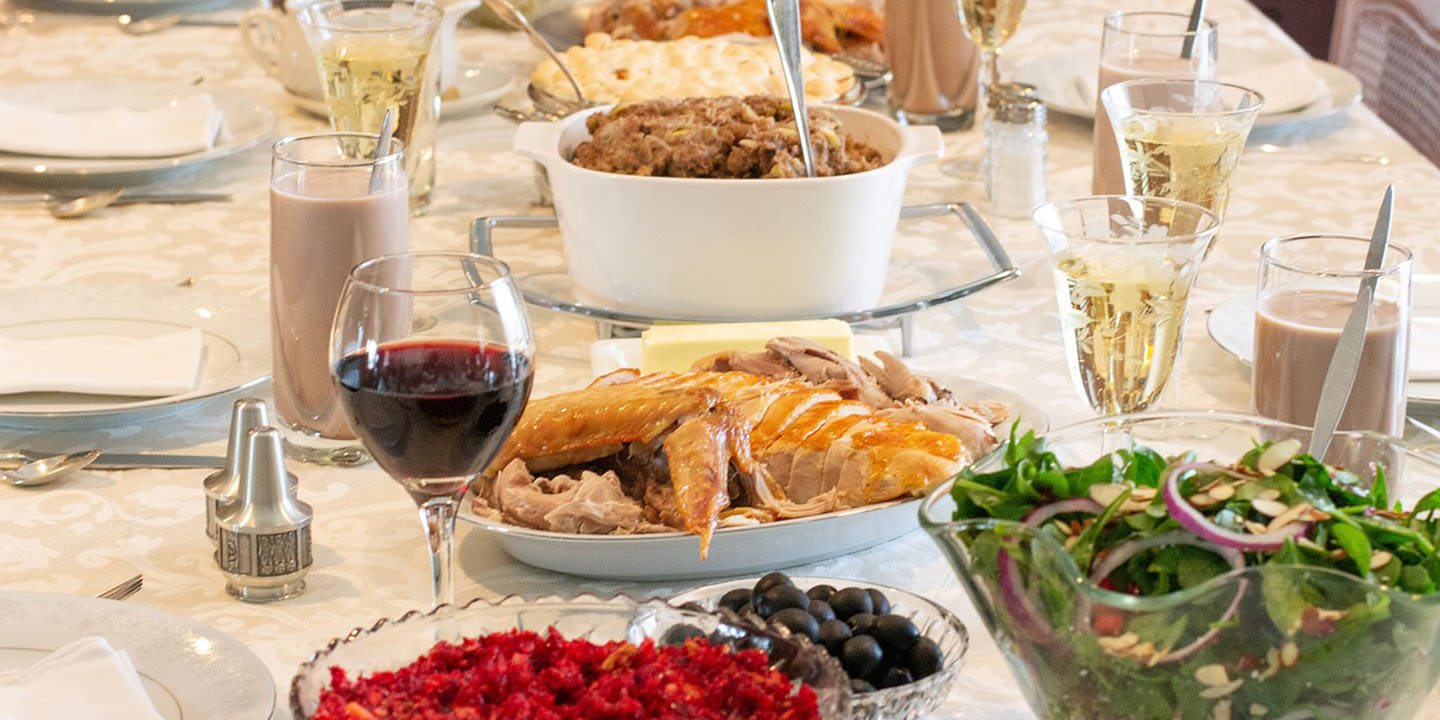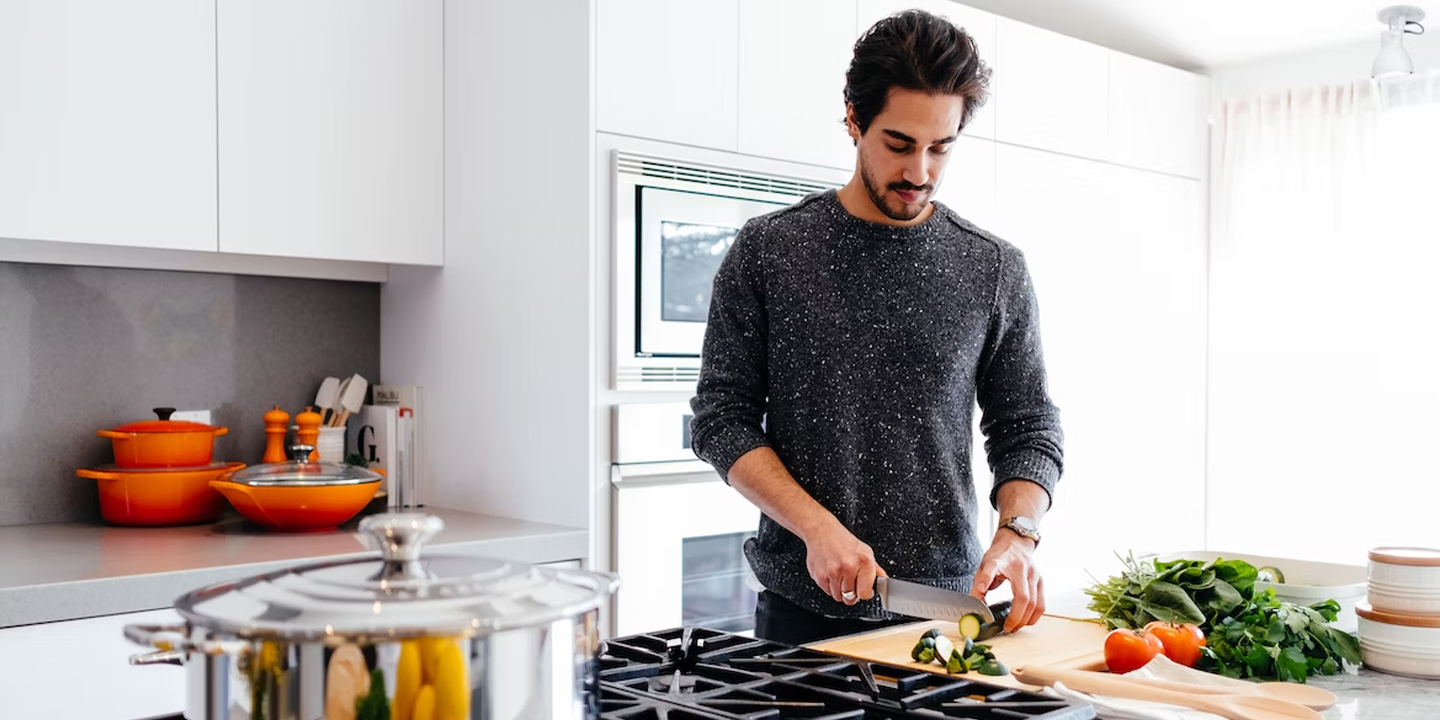Kitchen Hits And Misses
Cooking for others is supposed to feel exciting, but sometimes it feels like auditioning in front of the world’s toughest judges—your own friends and family. And when reactions lean more awkward than enthusiastic, it’s easy to wonder if the kitchen secretly has it out for you. Still, food is never just food—it’s confidence, creativity, and connection rolled together. So, first, let’s take a look at ten signs your time in the kitchen isn’t landing the way you hoped.
1. Guests Pushing Food Around
At first, it may puzzle you to see guests treating their dinner plates like blank canvases. Before long, the reason shows itself—methodically shuffling food across the plate often signals, in the most polite way possible, that your dish isn’t pleasing their palate.
2. Declining Second Helpings
If every guest suddenly clutches their stomach, swears they’re “stuffed,” or insists they’re saving room for dessert, it’s not always about being health-conscious. More often, that polite refusal is code for, “Once was enough.” It’s the friendliest way possible of saying the first bite didn’t exactly inspire a repeat performance.
3. Reaching For Condiments
The moment your guests start scanning the table for ketchup, hot sauce, or an extra sprinkle of salt, you’ve got your answer. It’s not that condiments are evil—everyone loves a dash of flavor—but when they pile on toppings before finishing a single bite, it signals something’s missing.
4. Vague Excuses For Invitations
Those well-meaning dinner invitations might be falling flat in ways too subtle to spot right away. Between the endless schedule conflicts, mysteriously recurring commitments, and an epidemic of "sorry, can't make it," guests may be serving up a gentle critique of your culinary adventures through artfully crafted excuses.
5. Wrapping Food In Napkins
A polite fold here, a sneaky tuck there—suddenly that meatball vanishes without ever touching their fork. It’s the oldest trick in the book for dodging bites they’d rather not swallow. Instead of bluntly declaring the food unappetizing, they stage a quiet disappearing act, hiding the evidence under layers of paper.
6. Suggesting To Eat Out
Nothing says “we’re not loving dinner” like a sudden craving for restaurant food. Guests might smile sweetly and suggest takeout or a quick trip to that new bistro, but the meaning is clear. It’s less about treating you, more about escaping your cooking experiment.
7. Rushing Through Meals
As you set the table with care and anticipation, you watch your guests' behavior tell the real story: their rushed eating without conversation, followed by a hasty departure. This simple thing reveals the uncomfortable truth that your carefully prepared meal hasn't won them over.
8. Offering To Bring A Dish
Picture this: you announce another dinner night, and suddenly, guests light up with offers to bring salad, bread, or even dessert. Sounds kind, right? In reality, it’s their safety net. By sneaking in their own dish, they guarantee at least one bite they’ll actually enjoy.
9. Generic Or Forced Compliments
Smiles stretch a little too wide, and suddenly every bite earns a vague, overused line like “So…interesting!” or “Wow, this is…different.” Those aren’t genuine praises—they’re verbal life rafts. Guests stuck for words grab the safest clichés, hoping to mask their lack of enthusiasm with hollow enthusiasm.
10. Excessive Beverage Consumption
When food presents challenges like excessive saltiness or dry textures, diners naturally seek solutions through their beverages. This coping mechanism manifests as frequent sipping, as guests instinctively use drinks to make difficult bites more manageable.
Now, let’s talk about how you can turn things around with ten simple ways to step up your cooking game.
1. Master Proper Knife Skills
The cornerstone of kitchen mastery starts with correct knife handling. Curling your fingers and guiding the blade with your knuckles ensures both safety and precision. This control speeds up prep work, and techniques such as leaving onion roots intact help achieve even cuts with minimal waste.
2. Learn How To Season
When pasta water reaches the salinity of seawater, it fundamentally changes how the noodles absorb flavor from within. This principle extends throughout cooking, as strategic salt additions at different stages create increasingly complex layers of taste, turning basic ingredients into professionally-seasoned dishes.
3. Use A Food Thermometer
While amateur cooks gamble with unreliable oven dials that can stray fifteen degrees off-target, seasoned chefs know the transformative power of a food thermometer. It is a tool that bridges the gap between uncertainty and mastery.
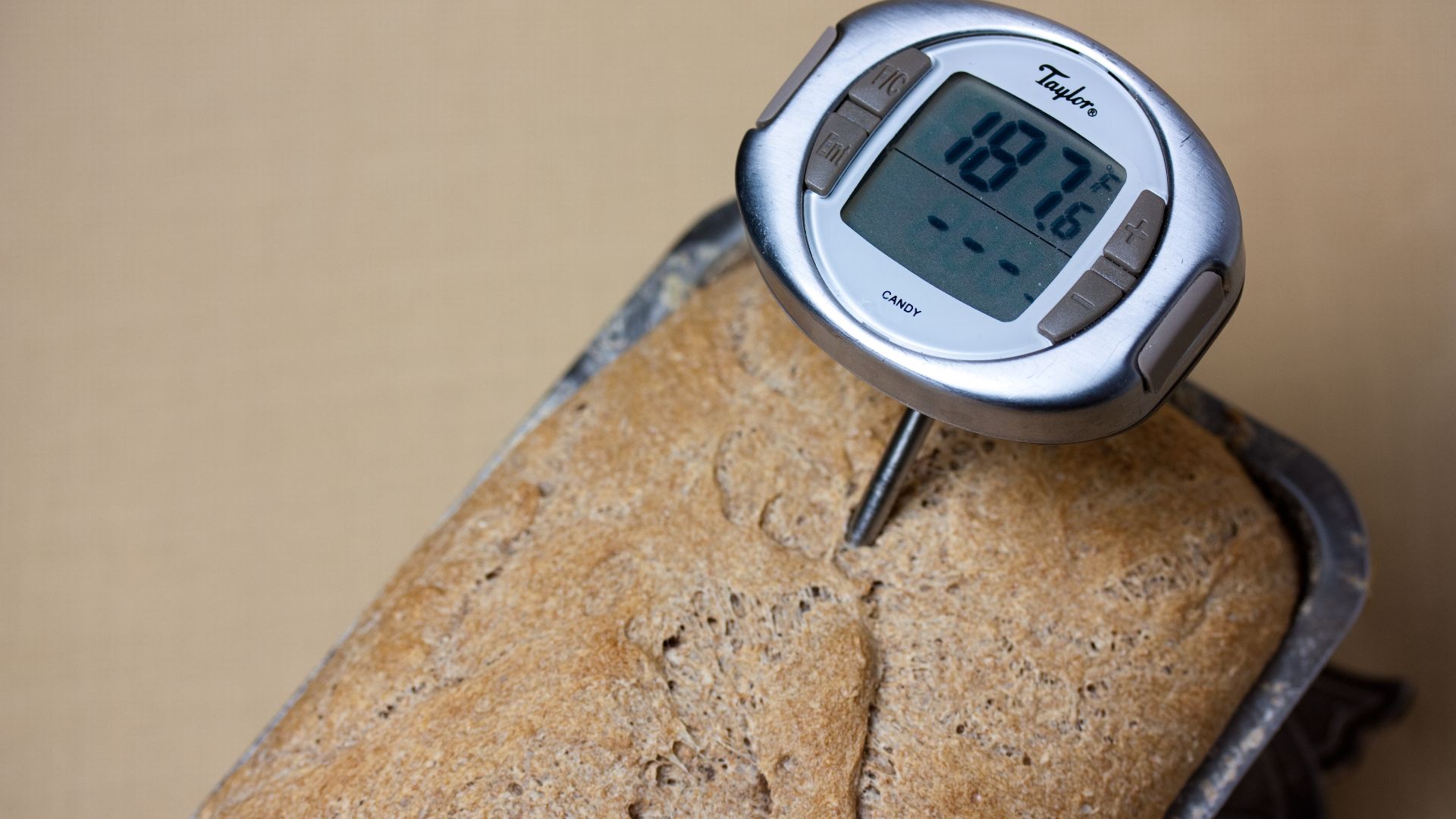 Veganbaking.net from USA on Wikimedia
Veganbaking.net from USA on Wikimedia
4. Calibrate Your Oven And Stovetop Burners
Think of precise temperature control as your secret ingredient for recipe success. While home ovens commonly drift 10-15 degrees from their settings, professional chefs rely on careful calibration for consistent results. It ensures your dishes cook at exactly the intended heat levels.
5. Invest In High-Quality Ingredients
Try this simple experiment: replace canned tomatoes with fresh, ripe ones in your next recipe and taste the dramatic difference. It's a perfect demonstration of why quality ingredients matter, as they enhance both flavor and texture.
6. Master Basic Cooking Techniques
Building confidence in the kitchen begins with learning core methods like sautéing, roasting, braising, and steaming. These techniques form the backbone of several recipes. Once you understand all of these, you’ll cook with greater consistency.
7. Use Proper Cookware For Each Job
Selecting the right cookware ensures better results and less frustration. A heavy-bottomed skillet distributes heat evenly for searing, a stockpot manages soups and stews without burning, and nonstick pans simplify delicate tasks like cooking eggs.
8. Keep Your Workspace Organized
A tidy kitchen setup makes cooking smoother and more enjoyable. Arranging ingredients, tools, and utensils within easy reach prevents wasted time and mistakes. Clearing counters as you go reduces clutter, allowing you to focus fully on the recipe and maintain a steady flow of preparation.
9. Develop Your Own Recipes
Experimenting with flavors and techniques helps you move beyond following instructions. Start by adjusting spices, swapping ingredients, or combining elements from different dishes. Over time, these small changes build creativity and confidence.
10. Join Cooking Classes And Tutorials
Learning directly from skilled chefs or instructors accelerates your progress in the kitchen. Classes and online tutorials provide step-by-step demonstrations, tips, and feedback that sharpen technique and expand your recipe repertoire.
KEEP ON READING




